A Frenchwoman who has lived in the Himalayas for over 20 years, Marion Chaygneaud-Dupuy studied Tibetan Buddhism at the Department of Philosophy in Lhasa, where she also developed her mountaineering activities. Marion has reached the summit of Mount Everest three times via the Tibetan side and has climbed many peaks over 6,000 meters in central Tibet, some of which are still untouched, including Milan Peak, Yuzhu Feng, Kyiste and Sigunian Shan. It is a world leader in sustainable development at very high altitude, and has launched a major project to 'clean up' Everest via the northern route by developing a waste management model that is unprecedented at high altitude. To coincide with the publication of her book "Respire, tu es vivante", Marion talked to Eric Bonnem about her life in the Himalayas and her commitment to protecting nature.
See all our climbs above 8,000 meters.
The Buddhist way
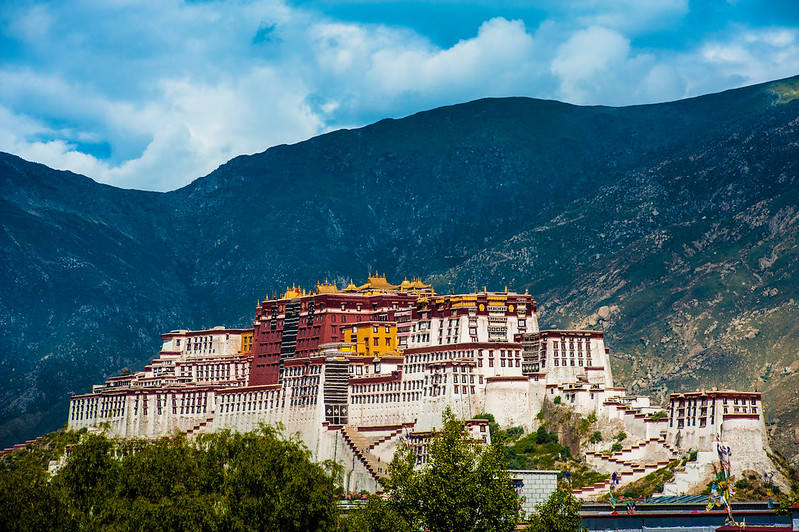
Potala palace, Lhassa, Tibet © David Ducoin
When she was only three apples high, Marion's parents taught her to recognise medicinal herbs, mushrooms and the birdsong of the Dordogne woods where she lived... She developed a strong bond with nature very early on. Marion may have a wild side like a snow leopard, but she is determined and particularly reckless. Between the ages of 16 and 18, she practised and studied Buddhism, but the teaching in France didn't suit her, so she left to continue her apprenticeship in a monastery in Darjeeling, where she was introduced to compassion and meditation by Tibetan masters. Two years later, when she had completed her studies, her master asked her to help the nomadic populations of Mount Kailash in Tibet with their educational projects. Since that first project almost eighteen years ago, Marion has never left Lhasa.
An eco-responsible mountaineer
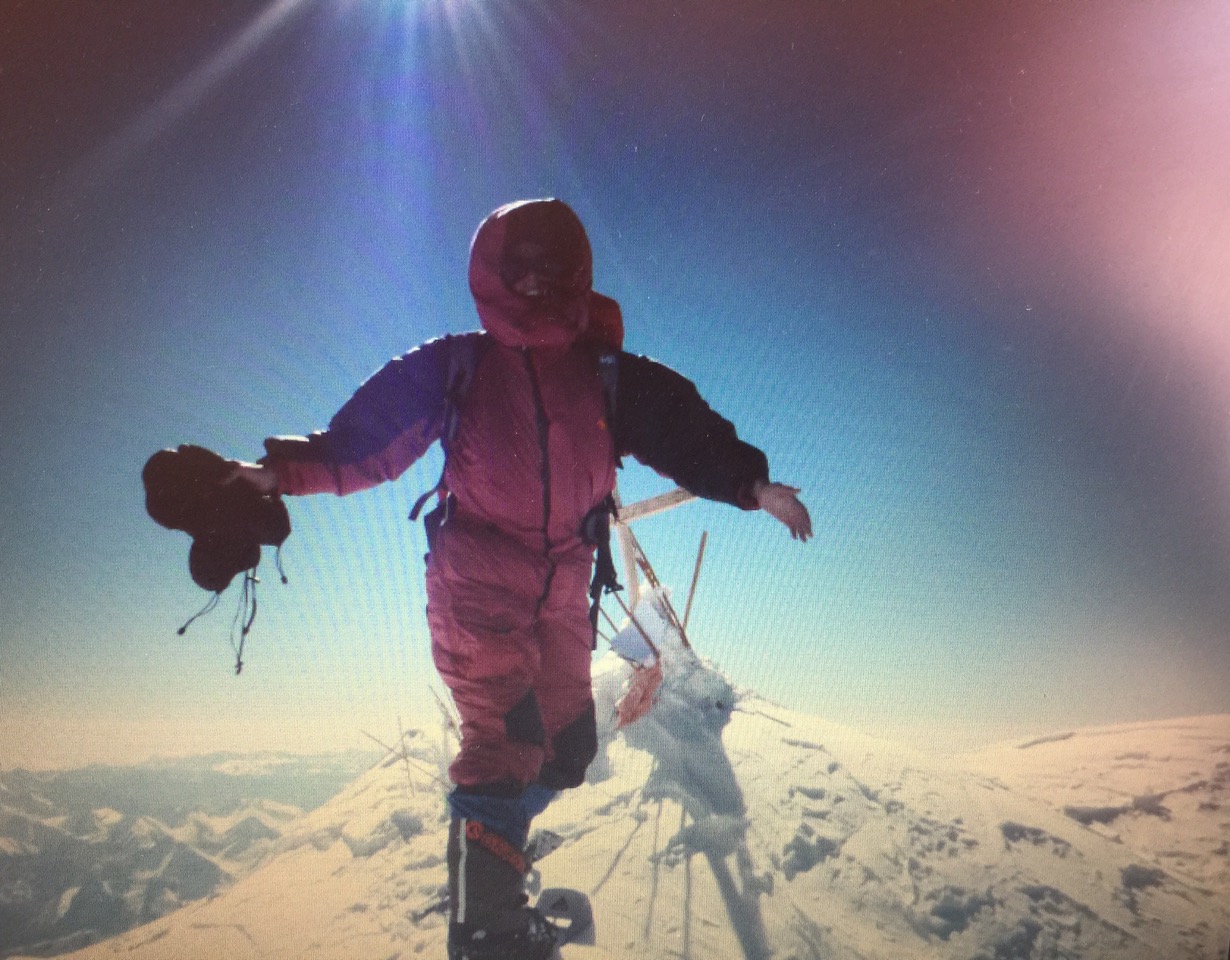
On top of the world © Marion Chaygneaud-Dupuy
Alongside her solidarity projects, Marion became a trekking guide in 2003 and set up Global Nomad, a responsible tourism agency. This activity enabled her to earn a living and maintain a connection with European culture, as there were only a handful of foreigners living in Lhasa. One thing led to another and she became friends with the Tibetan and Chinese teams who lead the Everest expeditions, helping them to organise their activities in a more environmentally-friendly way. Respect for nature is fundamental to Tibetan culture, but waste management at high altitude is particularly complicated, and Everest - like other Himalayan peaks - has been paying the price for decades. To see the situation for herself, Marion was taken to the roof of the world. She made her first ascent of Everest in 2013.
"Clean Everest"
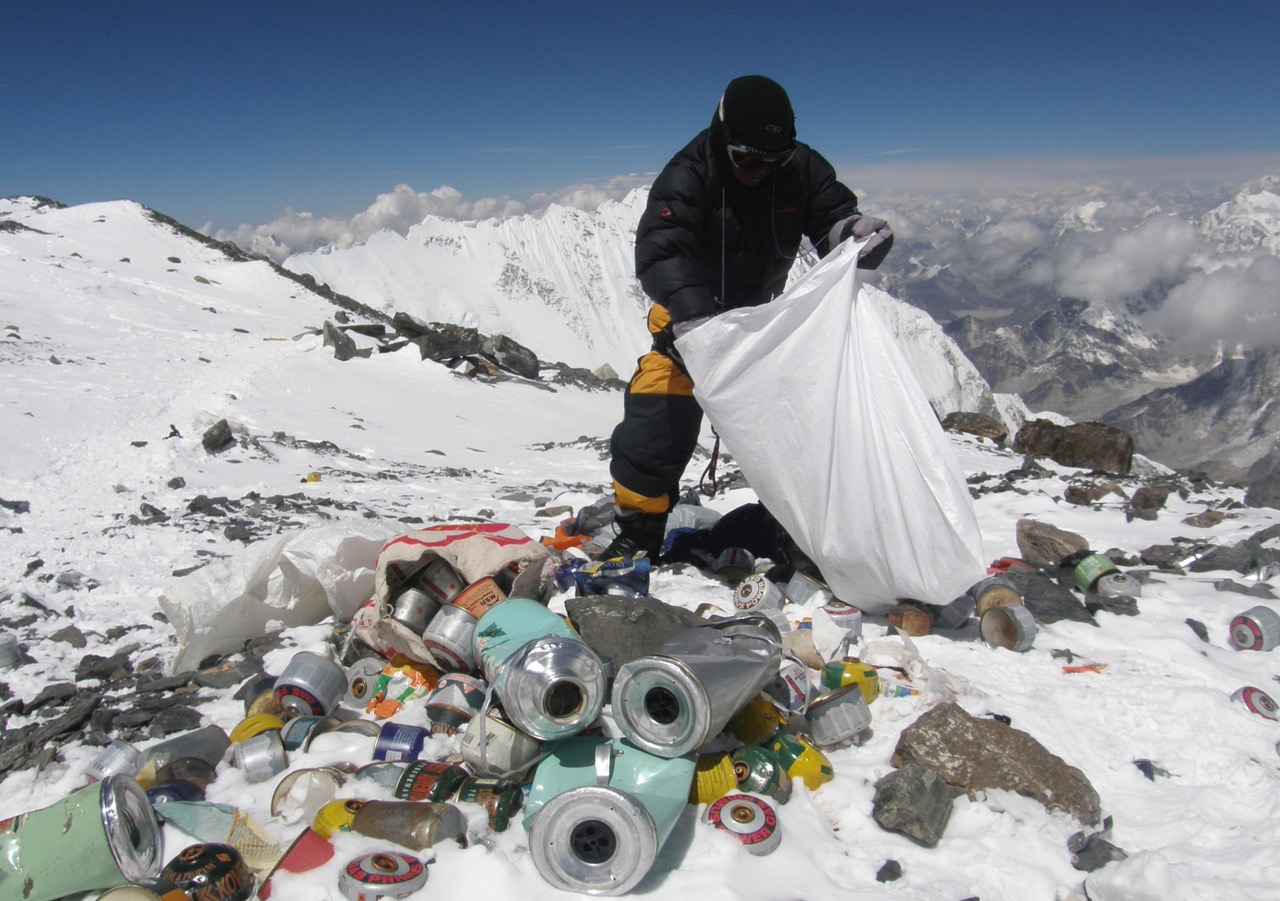
On this first ascent, Marion and her team estimate that there are around ten tonnes of rubbish from Everest base camp to the summit. Of course, nobody is against the idea of a clean-up operation, but the Tibetan teams are not trained for such an operation and the foreign expeditions consider that it is not their responsibility. With the support of the Tibetan government and local teams, Marion is going to set up the Clean Everest eco-label: a charter of good practice at high altitude, aimed at making guides and climbers more responsible. Alongside these awareness-raising initiatives, two major clean-up operations have been launched. Thanks to Marion and her team of around fifty guides, the North Face was cleared of 8.5 tonnes of rubbish in three years.
In the rest of our interview, Marion tells us about her years in Lhasa, Tibetan spirituality, learning to climb mountains, the measures put in place with the Tibetans to keep the mountains clean, and writing her book Respire, tu es vivante.
Join the next Everest climb via the Nepalese South Face or the North Tibet side.
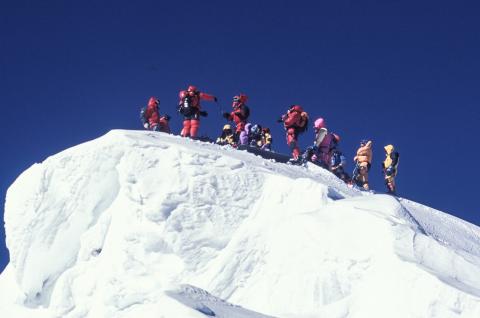
Climb mount Everest at 8849 meters North Tibet side

Climb mount Everest at 8849 meters South Nepal side
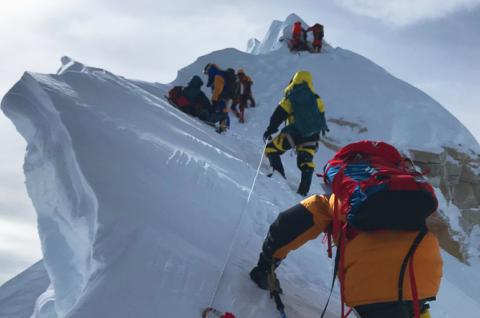

 Expeditions Unlimited blog
Expeditions Unlimited blog